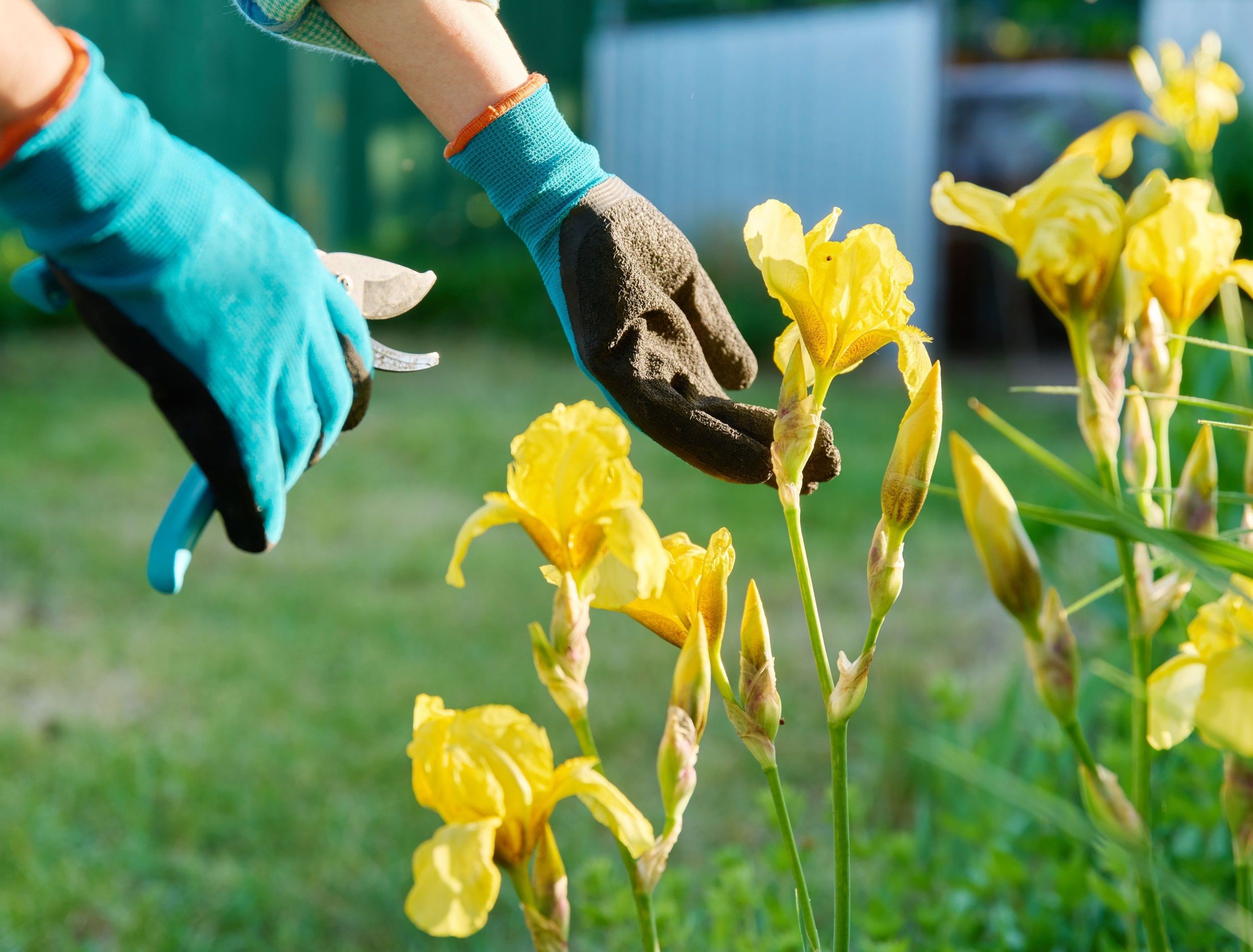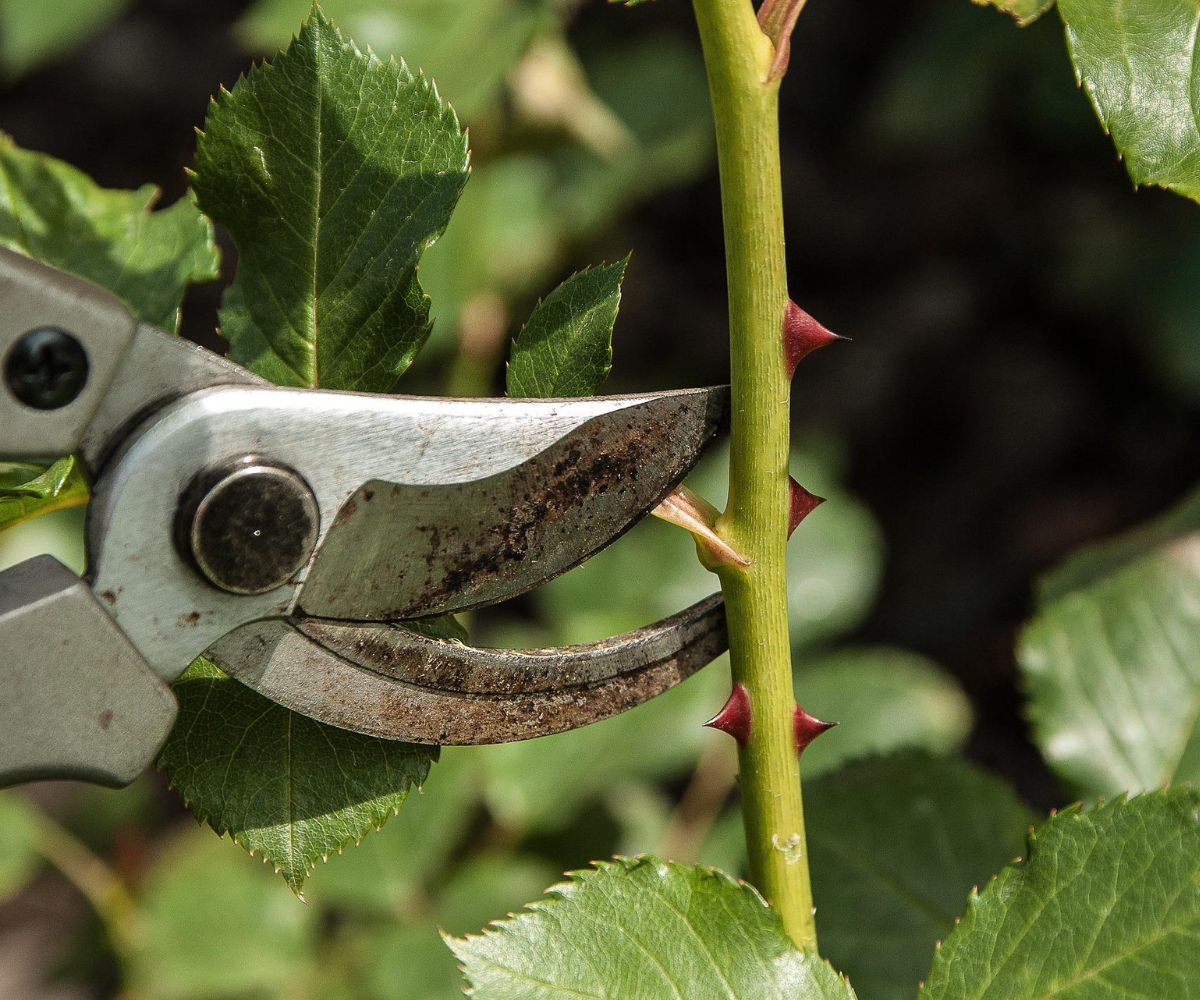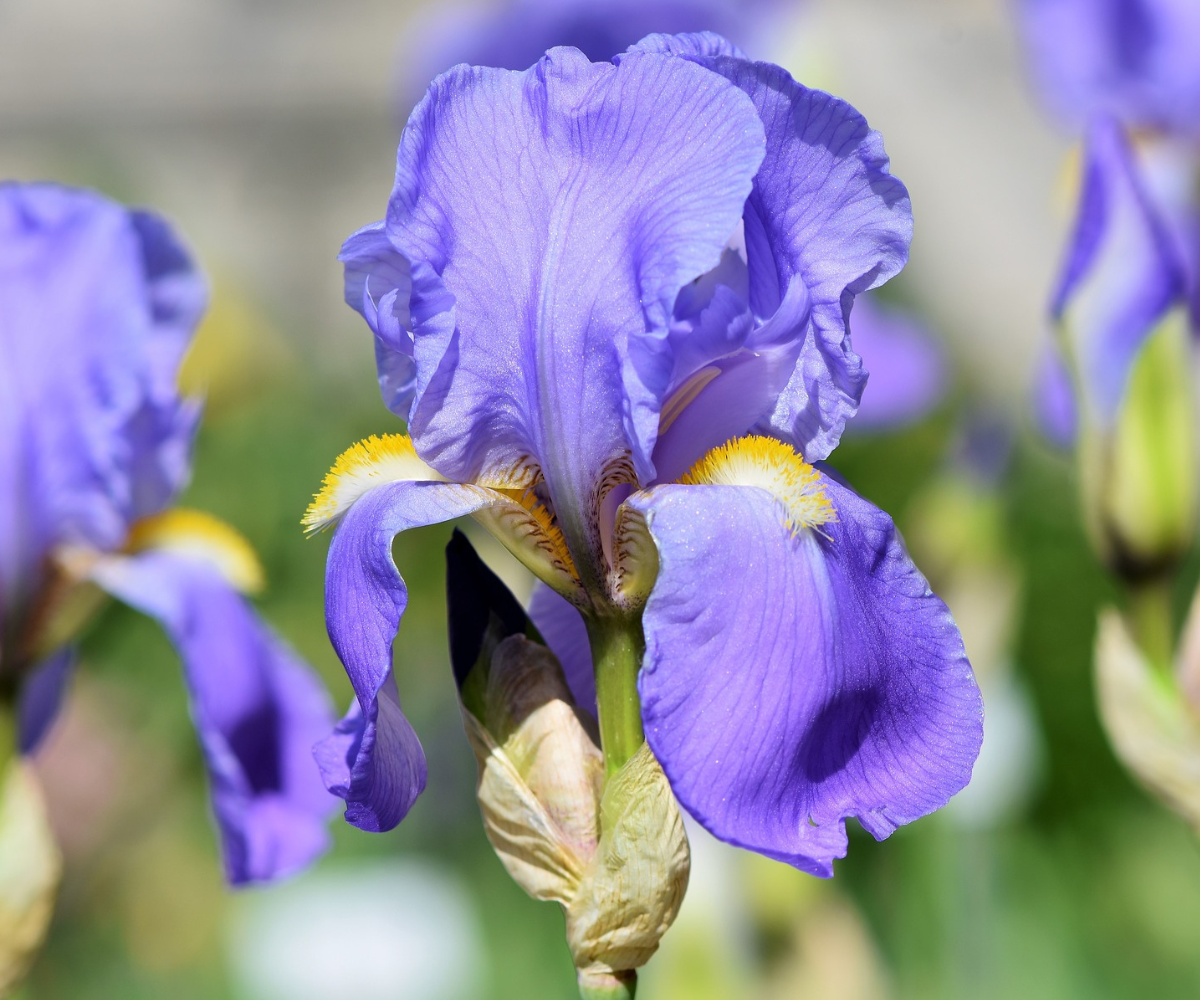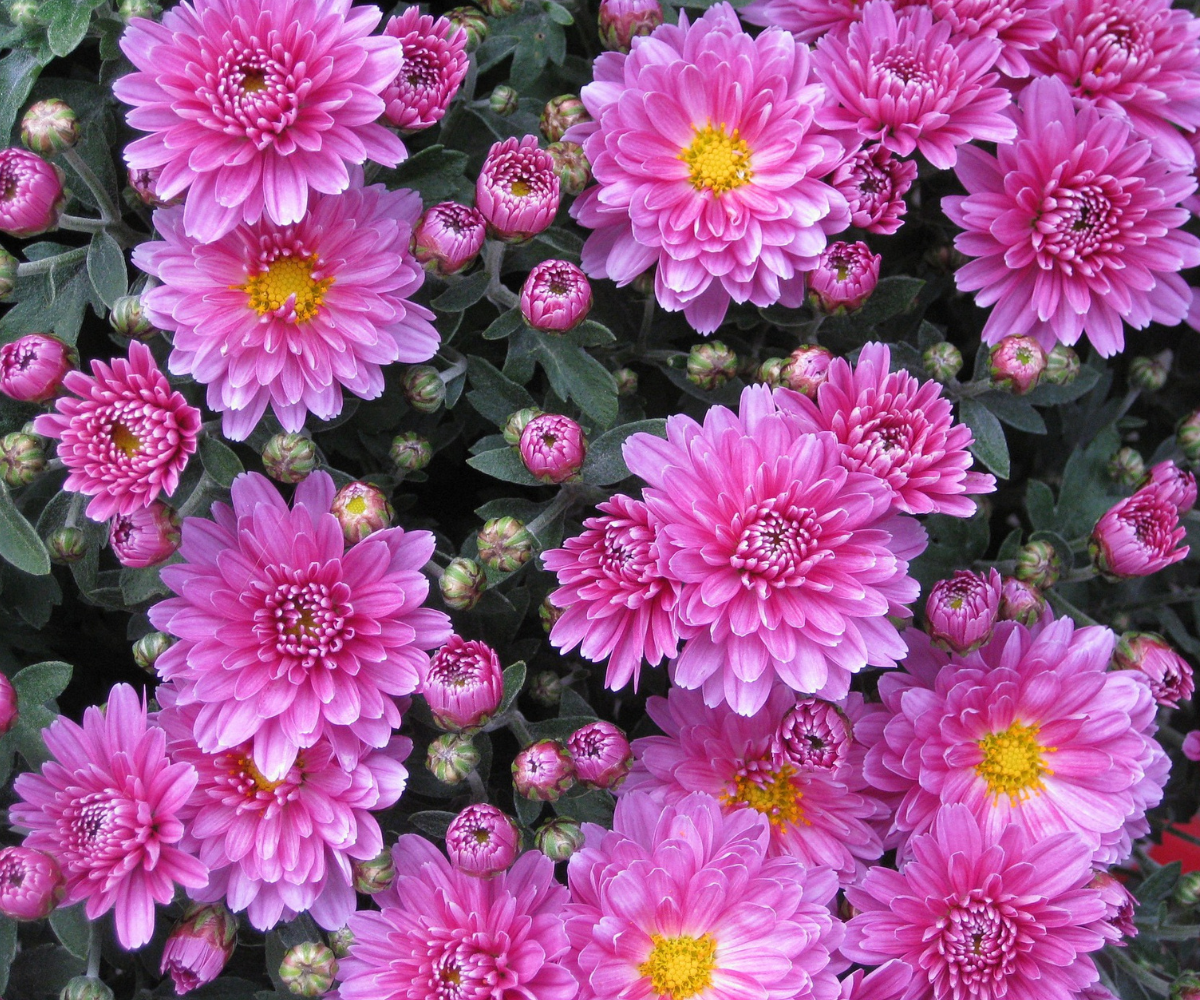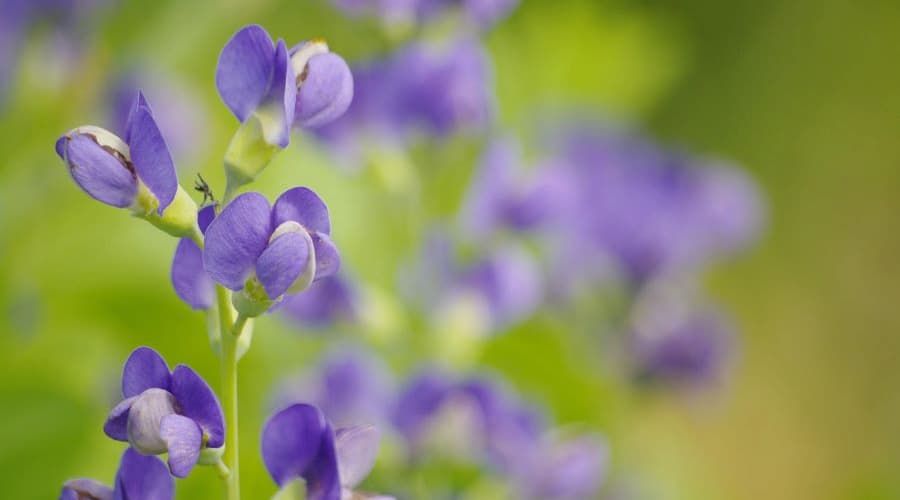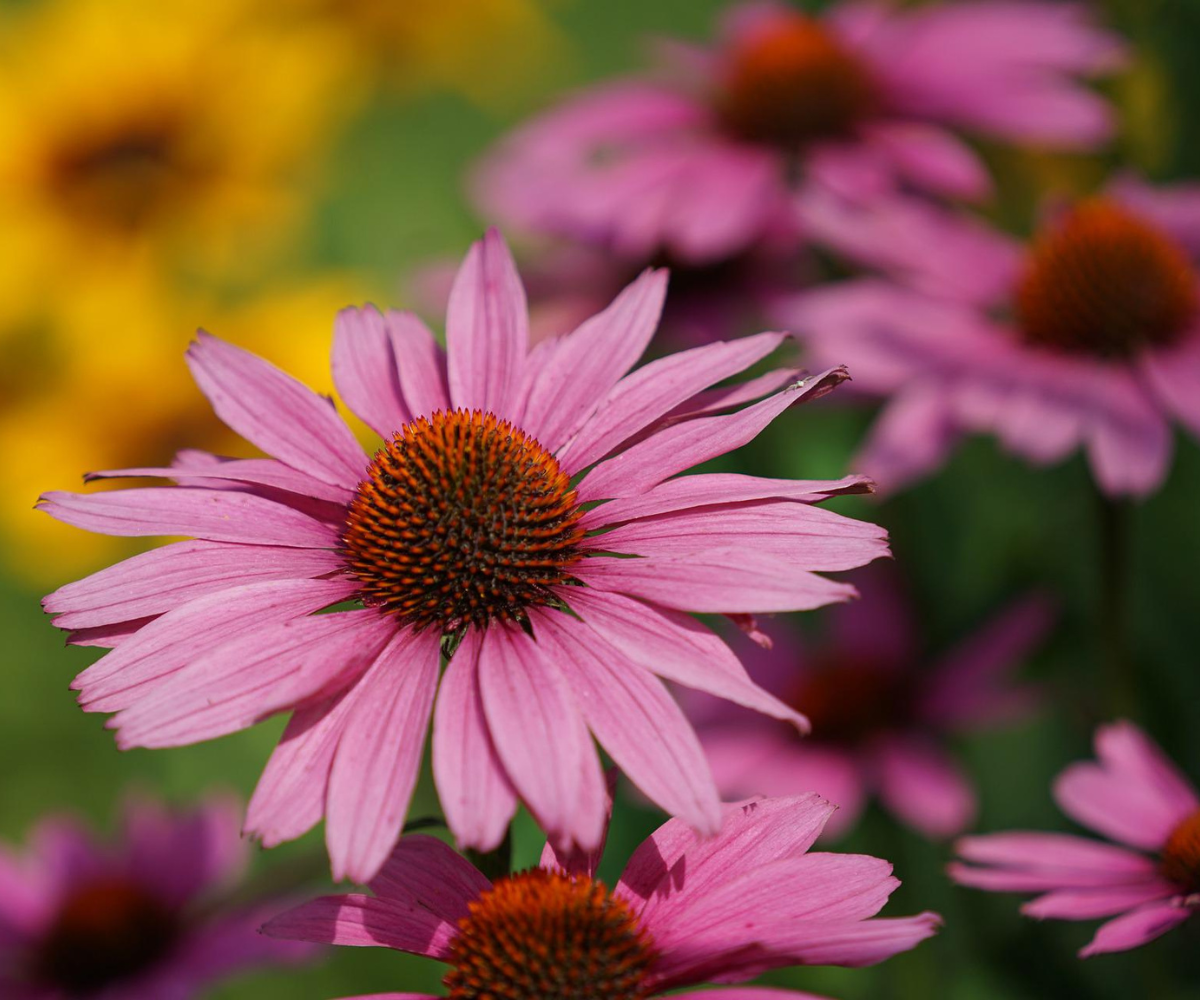In order to protect the health of the perennials in your garden, it's always a good idea to cut back dead foliage at the end of the growing season. Clearing away plant debris from a perennial can actually help it grow in the following season, and doing some fall pruning can save you time next year when you plant your garden again.
Some perennial plants require trimming before they bloom, while others that bloom early in the season benefit from a quick snip after flowering. Clearing away dead foliage and spent flowers can also make your garden look a lot better. In this article, we're going to discuss seven plants which you should cut back in the fall.
Materials Needed
Image credits: jacqueline macou from Pixabay
In order to safely trim tall foliage and dense plant material, you'll need some tools to cut them away. Always be sure to wear the proper protective equipment when working with sharp shears and knives. Below, you can find a list of the materials needed to trim your perennials:
- Scissors or hands shears
- A sharp utility knife
- Gardening gloves
- A container for garden debris
Bee Balm (Monarda Didyma)
Image credits: Theo Dawson from Pixabay
Bee balm is a decorative flowering perennial that is part of the mint family. Their beautiful blooms will come back year after year showing off a variety of colors from pink to purple, red, or white depending on the variety you choose. Bee balm appreciates a good pruning to keep its kempt appearance. You should also deadhead shriveled-up flowers to make the blooming season last a little longer.
It's important to cut them back to avoid infection, and if you notice that some stalks have become brown or black check your plant for the source; maybe they have a bad case of root rot or a pest infestation.
There are bee balm varieties that suffer from powdering mildew in the winter, which can kill the plants in the following growing season. To avoid this you can opt for a disease-resistant bee balm like 'Jacob Cline.'
Bearded Iris (Iris Germanica)
Image credits: Ralph from Pixabay
In striking colors like cornflower blue, featuring distinct curled, wave shape petals, the bearded iris is a visually appealing flowering plant. But, you may notice that the foliage of these flowers droops near the end of the growing season, from July through early September. The dying foliage can become breeding grounds for bacterial diseases like bacterial leaf blight and bacterial soft rot. Cut back all the old foliage, and dispose of the stalks, flowers, and leaves in your compost.
Garden Mums (Chrysanthemum)
Image credits: Suppenkasper from Pixabay
A marginally hardy perennial, garden mums thrive when you do not prune their stems before winter. Dead stems and foliage provide insulation against cold winter temperatures, and so you should only do minimal trimming of garden mums in the fall.
You may wish to deadhead your mums, trimming off any wilted blooms or growths on the plants but try your best not to have a heavy hand. Dead heading also prevents plants from spreading seeds, causing plants to sprout where you don't want them.
Blue False Indigo (Baptisia Australis)
Image Credit: KirstenMia via Pixabay
Another plant that provides winter interest, the blue false indigo plant produces attractive seed heads, which create an appealing ground cover in the winter months. However, the stems of this plant have a tendency to flop over in the winter because of its heavy weight. To mitigate this issue, you can deadhead wilted blooms on your blue false indigo plants during the fall to make them stand up straight before heading into the winter. You want to cut about 1/3 of the stem back with clean, sharp pruning shears.
Purple Coneflowers (Echinacea)
Image credits: Mariusz from Pixabay
Although you may wish to trim back all of your plants to keep a tidy look in your garden, some plants actually provide food for plants and animals over the winter. One such plant is the purple coneflower, which is a reliable source of food for birds like finches, jays, and chickadees. When trimming back these plants, be sure to trim back any diseased plants, but leave any healthy seed heads or seedpods for animals.
Corydalis (Corydalis Lutea)
Image credit: Tie Guy IIvia Openverse
An extremely hardy perennial, which is difficult to kill, Corydalis is a plant that regularly produces seed heads. In hot summer weather, the plants can become damaged, which may affect the overall health of the plants. To help this, cut back to their basal leaves, the lowest leaf on the stem of the plant which helps protect their roots. During significantly hot weather when foliage wilts and depreciates, you may also cut your corydalis plants back to their basal leaves, as this helps to conserve their energy and food for the next growing cycle. Also, trim back dead foliage in the fall, as this can help promote growth in the early spring.
Did You Make The Cut?
When you're taking care of your garden, always keep an eye out for damaged or diseased leaves, black or brown flower stalks, and any other spent foliage, as these can all have a detrimental effect on the health of your plants.
You may also wish to clear any leaf litter or limb foliage to create a more aesthetically pleasing garden. As you go about cleaning all the clutter from your yard, think about different plants which may add winter interest to your garden, as well as plants which may provide food for birds and animals.
Make a list of plants to trim in the fall and plants to trim early in spring, as this can allow you to prioritize garden maintenance and upkeep.
As always, makes sure to share this article if you found it helpful and leave a comment below!

